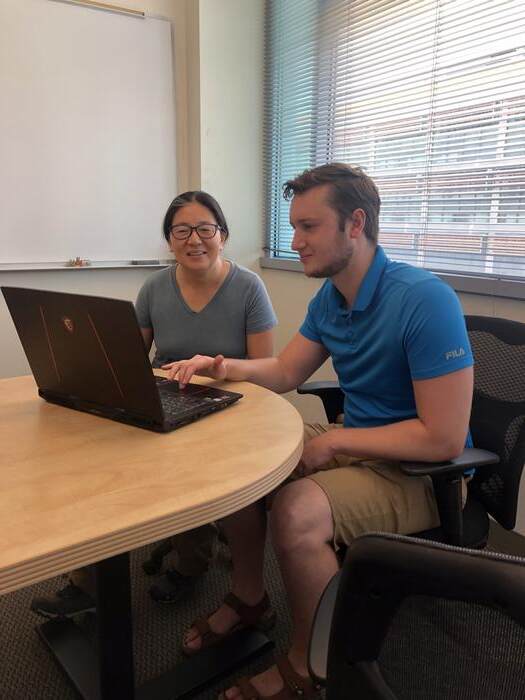THE LATEST
UC Riverside unveils solid-state spin centers in quantum computing

In the exciting field of quantum mechanics, a significant advancement has ignited curiosity and fascination among researchers. Quantum computing has taken a big step forward. Explore the role of spin centers in shaping the future of quantum simulation.
A UC Riverside-led research team has proposed using quantum magnetic objects called spin centers to simulate different magnetic phases of matter and their transitions in the presence of an external magnetic field, opening up new possibilities for scientific exploration.
Professor Shan-Wen Tsai, a luminary in physics and astronomy, leads this pioneering charge, offering a glimpse into the potential applications of these spin centers. Tsai's graduate student and first author of the paper, Troy Losey, emphasized that this innovation could pave the way for the study of more efficient methods of storing and transferring information, a critical stepping stone towards realizing room-temperature quantum computers.
But what is a quantum simulator, exactly? Tsai clarifies that it is a device harnessing the extraordinary behaviors of quantum mechanics to simulate intricate physics conundrums that are beyond the grasp of conventional computers. Unlike its quantum computing counterpart, which operates with qubits and universal gate operations, the quantum simulator is tailor-made to tackle specific problems. With the potential to revolutionize the study of exotic magnetic phases and phase transitions, the implications of this work transcend the conventional boundaries of scientific exploration.
The practical implications of this device are significant. The techniques used in its construction could also be used to develop spin-centered quantum computers, which show promise for enabling quantum computing at room temperature. These advancements also suggest that quantum simulators could become accessible tools for tackling problems that regular computers currently struggle to solve, bridging the gap between theoretical potential and practical application.
We are on the brink of a quantum revolution, with the discovery of solid-state spin centers opening up exciting possibilities for researchers and enthusiasts to explore. However, the path to manipulating spin centers, growing pure crystals, and working at low temperatures to build the proposed quantum simulator comes with its own set of challenges. Yet, the potential that this endeavor holds is quite promising, inviting further exploration and innovation in the constantly evolving field of quantum computing.
The work of the UC Riverside team shows us a new way forward, redefining the limits of computation and exploration. It encourages us to think about the endless possibilities that quantum mechanics offer, sparking a curiosity that drives us to explore new frontiers of discovery and innovation.
